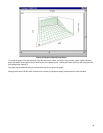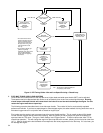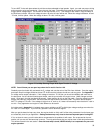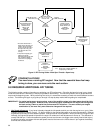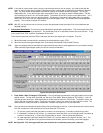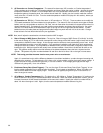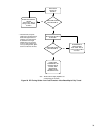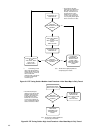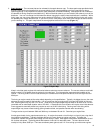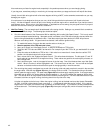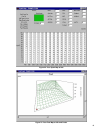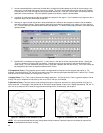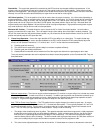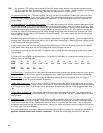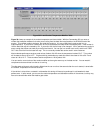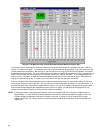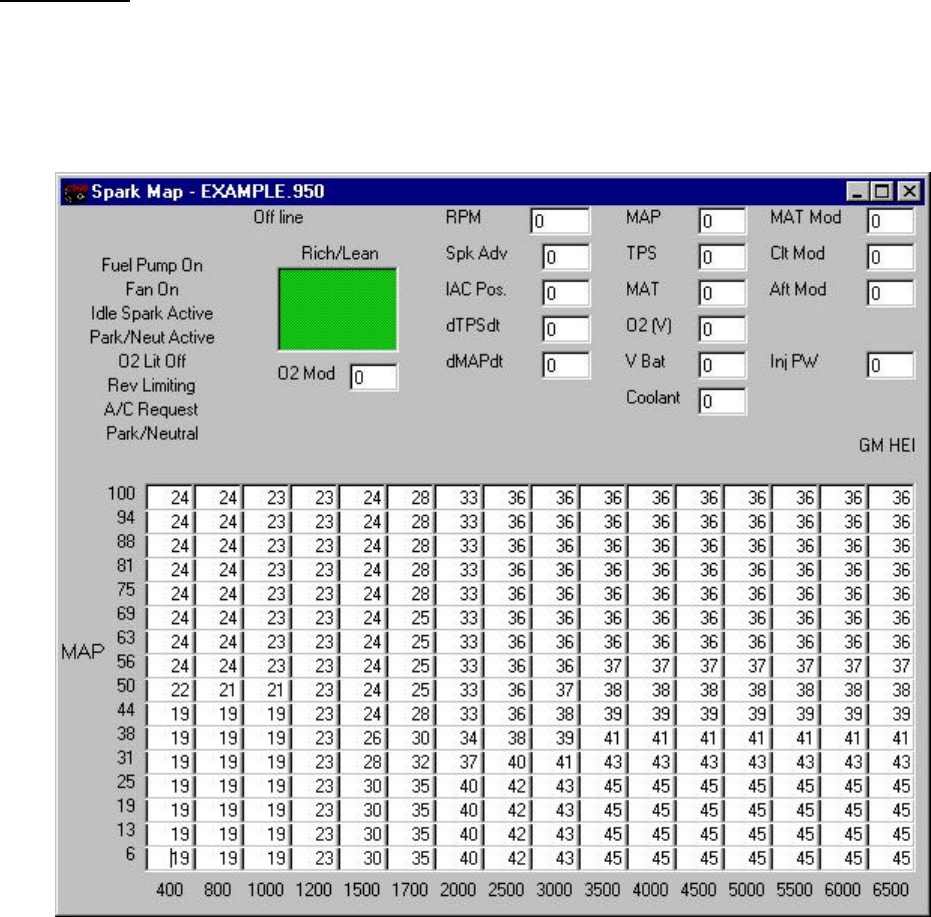
41
3. Spark Advance - The next area that can be reviewed is the spark advance map. The base spark maps provided should
provide a good performing baseline but are conservatively low for some applications and may need less for others.
Optimizing timing is very important for best idle, peak safe power, and best driveability. Most people do not understand
the benefits of having computer-controlled timing. With mechanical advance you are limited to the advance curve of the
distributor. You can not change the initial advance without changing the total (unless the distributor is modified). With a
timing map, you can put any advance at any engine load and RPM point. If you are familiar with the timing your engine
will probably like, change the table now. If you are not, as are most people, then make small changes to each area that
you are working on. The spark map follows the same graphical areas as the fuel map (Figure 11).
Figure 23 Spark Map
Keep in mind that stock engines with mechanical advance also have vacuum advance. The vacuum advance could add
about an extra 8-15°of timing when the engine is not under load. This increases the response and driveability of the
vehicle. The timing at WOT and full load at 2500 rpm is different than what performs best at cruise and light load and
2500 rpm.
The timing an engine needs at idle varies widely depending on its specifications. Typically, the bigger the cam, the more
advance the engine needs for the best idle. It is not uncommon that an engine with a big cam likes 20-28° of timing at
idle. Stock engines may only like 4-12° at idle. Initial timing for supercharged engines must be at least 16-18° for mild
camshafts with an advertised duration around 270-290°. A camshaft with more duration will require more initial advance.
Some aggressive camshaft profiles may require as much as 24-28° initial timing. Running less initial timing with a
supercharger may cause excess heating, glowing headers at idle, and possible stumble when accelerating.
Timing at cruise at rpm’s between 2000 and 3000 may run between 25 and 40°. See what your engine likes.
At wide-open throttle, timing requirements also vary. An engine that needs a lot of timing to run best is just a sign that it
has inefficient combustion. Typically the bigger the bore, the more timing an engine may need. The better the
combustion chamber and piston dome design, the less timing it needs. Most typical small blocks need between 32 and
36° for best safe power. Typical big blocks like between 34 and 40° for best safe power. The max advance should
usually be in by about 3000 rpm. There are sometimes power gains to add 1-2° more at high rpm with some engines.



